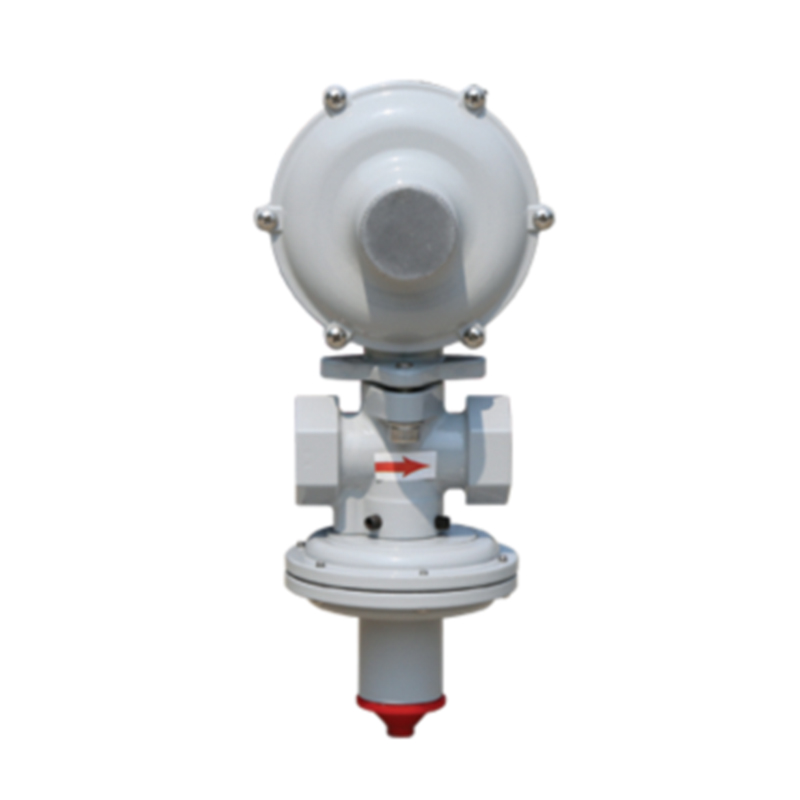
Nov . 12, 2024 11:07
Back to list
صمام تنظيم الضغط
Understanding Pressure Regulating Valves Functions, Applications, and Benefits
Pressure regulating valves (PRVs) play a crucial role in various industrial and residential applications, ensuring that systems operate within safe and efficient pressure levels. These devices are designed to automatically adjust and maintain a specific pressure for fluids or gases, safeguarding equipment, and enhancing system reliability. Understanding the functions, applications, and benefits of pressure regulating valves can help industries optimize their operations.
What is a Pressure Regulating Valve?
A pressure regulating valve is a mechanical device that automatically controls the pressure of a fluid or gas within a system. By adjusting the flow, pressure regulating valves help in maintaining a set pressure, regardless of variations in downstream demand or upstream pressure fluctuations. Typically, these valves consist of a sensing element, a diaphragm or piston, and an actuator that opens or closes the valve based on the desired pressure setting.
Functions of Pressure Regulating Valves
1. Pressure Control The primary function of a PRV is to maintain a consistent outlet pressure. This is especially important in systems where pressure surges can lead to equipment damage or operational inefficiencies.
2. Flow Regulation Beyond merely controlling pressure, these valves can also regulate the flow rate of liquids or gases, ensuring that processes receive the right amount of media.
3. Safety Enhancement By preventing over-pressure conditions, PRVs protect downstream equipment from potential leaks or failures. This is critical in industries such as oil and gas, chemicals, and water treatment.
4. Energy Saving Maintaining optimal pressure reduces energy consumption by preventing overworking of pumps and compressors, leading to significant cost savings over time.
Applications of Pressure Regulating Valves
Pressure regulating valves can be found in a multitude of applications across different sectors
.
- HVAC Systems In heating, ventilation, and air conditioning (HVAC) systems, PRVs help in maintaining the correct pressure for optimal heating and cooling, contributing to energy efficiency.
صمام تنظيم الضغط

- Oil and Gas Industry In this sector, PRVs are vital for managing the pressure of fluid transport pipelines, ensuring safe operation within specified limits.
- Pharmaceutical and Food Industries These industries rely on PRVs to maintain sterile and safe production environments, where pressure consistency is essential for product integrity.
- Industrial Processes Many manufacturing processes require specific pressure levels for optimal production efficiency. PRVs are essential to regulate these pressures accurately.
Benefits of Using Pressure Regulating Valves
The implementation of pressure regulating valves provides numerous benefits
1. Increased System Longevity By reducing the risk of pressure surges, PRVs extend the lifespan of machinery and equipment, leading to lower replacement and maintenance costs.
2. Improved Process Efficiency Consistent pressure contributes to more stable and efficient processes, ultimately enhancing productivity and output quality.
3. Reduced Energy Costs With optimal pressure regulation, energy consumption is minimized, leading to significant savings over time.
4. Enhanced Safety By preventing dangerous over-pressurization, PRVs contribute to a safer working environment, reducing the risk of accidents caused by pressure failures.
5. Versatility Available in various sizes and configurations, pressure regulating valves can be tailored to meet the specific requirements of diverse applications.
Conclusion
Pressure regulating valves are indispensable components in numerous industries, from municipal water supply to complex industrial operations. Their ability to maintain consistent pressure improves efficiency, enhances safety, and extends the lifespan of equipment. As technology advances, the design and functionality of PRVs continue to evolve, providing even greater benefits for industrial and residential applications alike. Investing in quality pressure regulating valves is a crucial step towards ensuring safe and efficient operation in any pressure-sensitive system.
Next:
Latest news
-
Safety Valve Spring-Loaded Design Overpressure ProtectionNewsJul.25,2025
-
Precision Voltage Regulator AC5 Accuracy Grade PerformanceNewsJul.25,2025
-
Natural Gas Pressure Regulating Skid Industrial Pipeline ApplicationsNewsJul.25,2025
-
Natural Gas Filter Stainless Steel Mesh Element DesignNewsJul.25,2025
-
Gas Pressure Regulator Valve Direct-Acting Spring-Loaded DesignNewsJul.25,2025
-
Decompression Equipment Multi-Stage Heat Exchange System DesignNewsJul.25,2025

